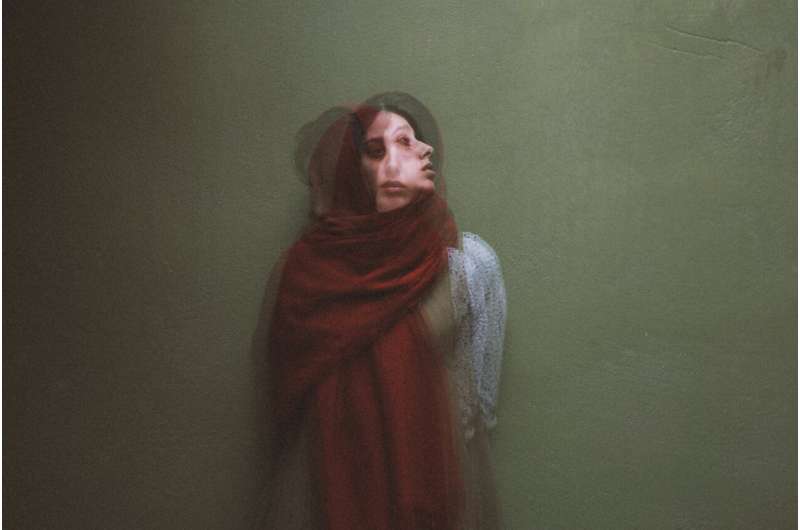Unveiling the Naᵥ1.9 Channel: A Key Player in Pain and Itch Conditions

Discover the recent breakthrough in studying the Naᵥ1.9 sodium channel, a key player in pain and itch disorders, leading to new possibilities for targeted therapies and personalized medicine.
Imagine a world where pain from a simple stubbed toe or chronic itching occurs without a clear cause — this is a reality for some individuals due to mutations in a specific protein known as the sodium channel Naᵥ1.9. Located in sensory nerve cells, Naᵥ1.9 acts like a 'volume control' for sensation, regulating how intensely pain and itch are perceived.
For many years, scientists struggled to study Naᵥ1.9 effectively because of the difficulties in expressing and examining it in laboratory settings. However, a groundbreaking study led by Professor Frank Bosmans from the Brussels University’s Experimental Pharmacology Research Group has changed that. His team succeeded in reliably expressing Naᵥ1.9 in a controlled experimental system for the first time, allowing detailed analysis of its function.
This breakthrough enables researchers to understand how mutations in the SCN11A gene, which encodes Naᵥ1.9, can lead to a spectrum of disorders. Some mutations cause a total loss of pain sensation, resulting in insensitivity, while others lead to chronic pain or persistent itching. Additionally, mutations may impact gut function and sweating. Being able to test how these genetic alterations affect Naᵥ1.9 opens doors for more accurate diagnoses of unexplained pain or itch symptoms and for developing targeted treatments that could offer relief without the risks associated with opioids.
Dr. Bosmans emphasizes that this advancement paves the way for personalized medicine by allowing functional testing of specific mutations. It also holds promise for pharmaceutical development, as Naᵥ1.9 is now emerging as a promising target for creating safe, non-addictive pain medications.
This achievement not only deepens our understanding of sensory nerve functioning but also accelerates the development of novel therapies for pain and itch disorders. With further research, targeting the Naᵥ1.9 channel could revolutionize the management of many sensory-related conditions, offering hope to those suffering from chronic pain and unexplained sensory anomalies.
Stay Updated with Mia's Feed
Get the latest health & wellness insights delivered straight to your inbox.
Related Articles
Ocrelizumab Demonstrates Superior Control of Multiple Sclerosis Relapses in Multi-Registry Study
A large multi-registry study shows that ocrelizumab provides better control of MS relapses compared to other high-efficacy therapies, highlighting its potential for managing disease activity in multiple sclerosis.
Enhancing Islet Transplantation with Small Molecule Pretreatment for Better Survival
Innovative research suggests that pretreating pancreatic islet cells with specific small molecules can improve their survival after transplantation, potentially revolutionizing treatment for type 1 diabetes. Source: https://medicalxpress.com/news/2025-06-small-molecule-treatment-islet-transplantation.html
UK Launches Extensive Research Project on Trans Youth Health and Well-Being
The UK is launching a groundbreaking $14 million study to better understand the health and well-being of transgender youth, aiming to inform safer and more effective care practices.



